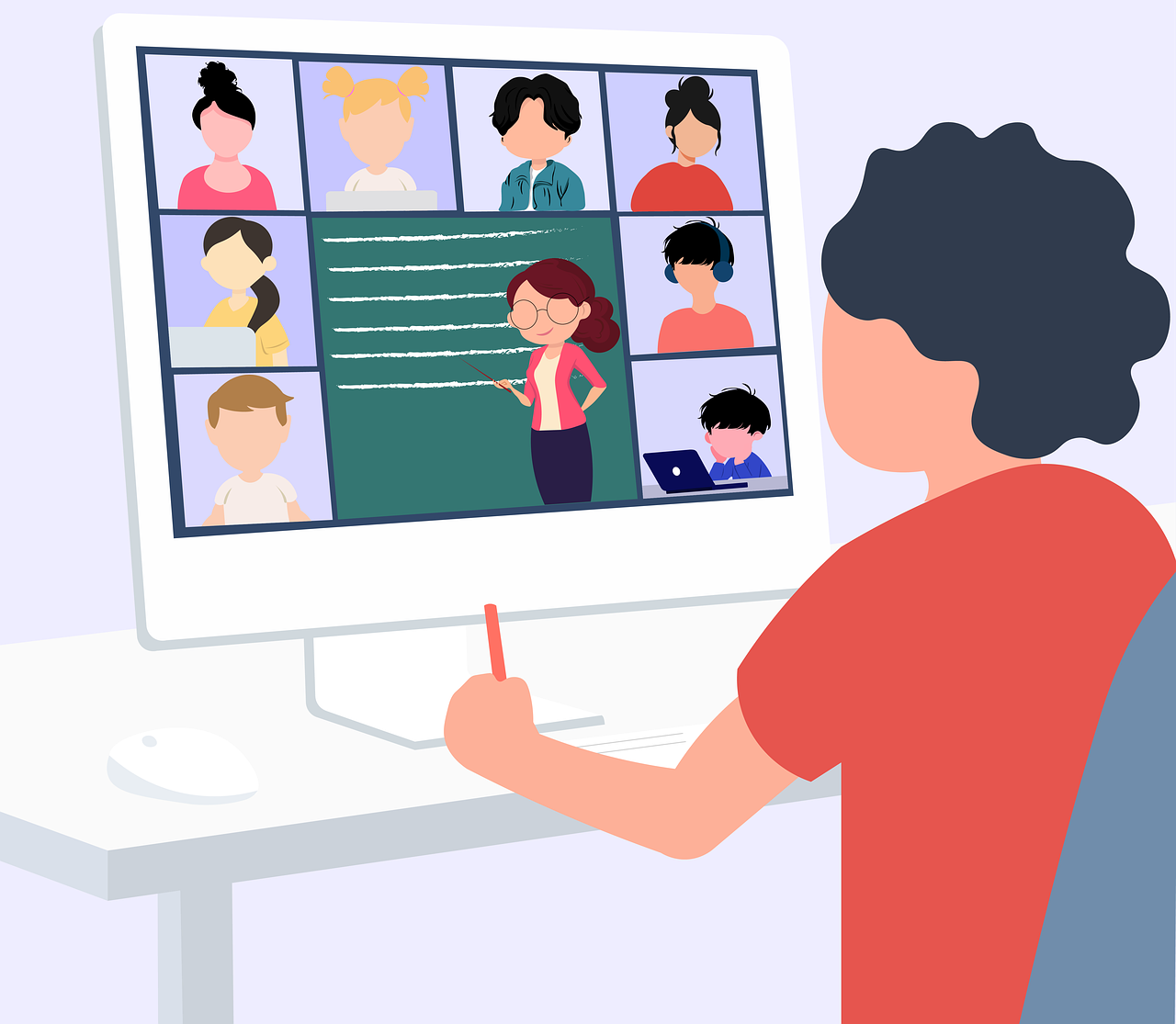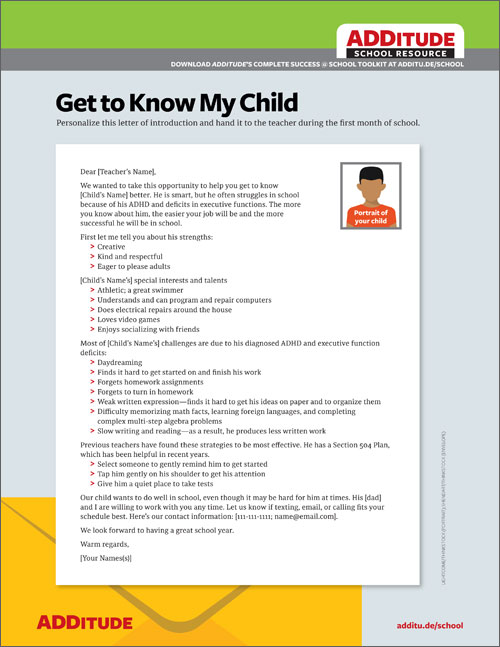 Remote learning has been a struggle for teachers and is expected to set back the learning gains of a generation of students. It has been particularly hard on children of color, kids from families who are financially insecure, and those without access to computers and technology at home.
Remote learning has been a struggle for teachers and is expected to set back the learning gains of a generation of students. It has been particularly hard on children of color, kids from families who are financially insecure, and those without access to computers and technology at home.
But a small number of students have done unexpectedly well. In some cases, those students struggled with distractions in the classroom during in-person learning. In others, they had social challenges at school: They were anxious, easily drawn into conflicts with other students, or embarrassed to engage in front of their peers.
“The challenge of in-classroom [learning] can be the social interaction. And for some kids, that’s actually really hard,” said Lynette Guastaferro, chief executive officer of Teaching Matters, a nonprofit that focuses on increasing teacher effectiveness. She has noticed that the kids who preferred remote learning and were successful at it appreciated the independence of the online work and benefited from teachers who gave them clear direction in the virtual format.
Some educators are now wondering how the experiences of kids who have done better during remote learning can be applied to improve in-person learning in the future. Takeaways might include having more social and emotional check-ins with students, increased inclusion of students with disabilities in general education class activities, wider use of technology, and accommodating unconventional techniques that individual students have found helpful.
Lauren Katzman, the executive director of the Urban Collaborative, and other experts say some special education students, in particular, could benefit from schools taking lessons from distance learning back into the classroom.
For years, special education advocates have pushed to integrate more students with disabilities into general learning classrooms. With remote learning, some schools have made an effort to hold general education activities that include kids with disabilities in order to build a sense of community, Katzman said. For example, a student with a disability might be included in a Zoom morning circle with general education kids, when in the past they would have spent that time in a special ed class with a smaller group.
Technologies that became widespread during remote learning could benefit all kids once schools reopen for in-person instruction. Learning management systems, such as Google Classroom, which present educational materials in an organized way online, could become part of a new method of instruction that combines digital and traditional approaches for all students, Guastaferro said.
For kids with disabilities, that tech might include speech-to-text software or audio books. And when teachers record a video of a lesson, students who didn’t understand it the first time can watch it again.
For some kids, online learning has also removed the social barriers that kept them from excelling. Online, these kids were able to ask questions of their teachers privately, or enter digital “breakout rooms” with staff, in which they could get one-on-one instruction apart from other students.
For many educators, the forced pivot to remote learning has resulted in considering new ways districts can more closely tailor education to meet individual students’ needs once the pandemic is over.
Excerpted from “Remote learning has been a disaster for many students. But some kids have thrived” in The Hechinger Report. Read the full article.
Source: The Hechinger Report | Remote learning has been a disaster for many students. But some kids have thrived, https://hechingerreport.org/remote-learning-has-been-a-disaster-for-many-students-but-some-kids-have-thrived | © 2020 The Hechinger Report
CHC offers free community education sessions for educators. Join us to learn practical teaching strategies you can use in your classroom to help more kids reach their promise and potential. Educator sessions are led by experienced educator/clinician teams from Sand Hill School and CHC.
This resource is filed under:






